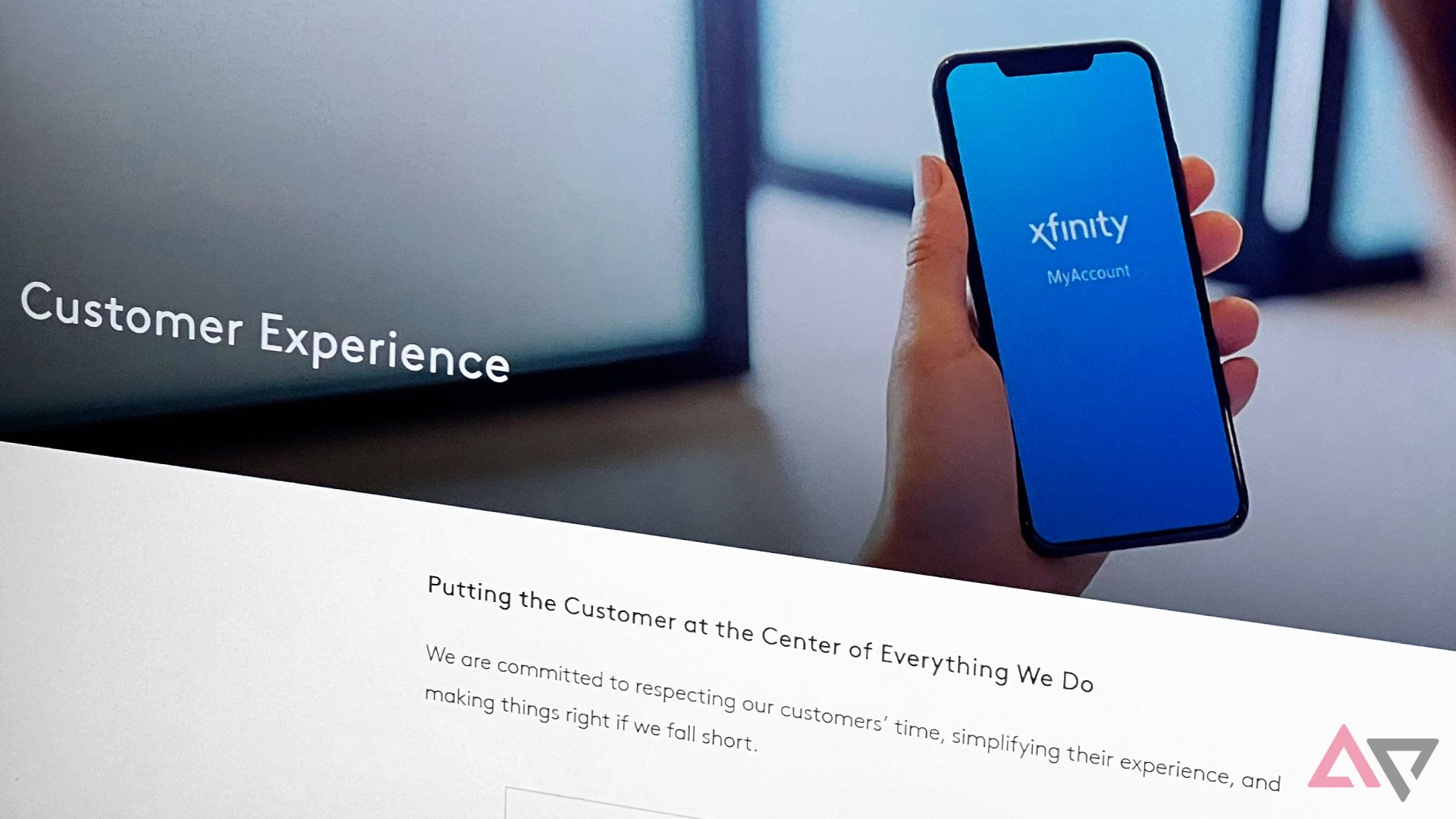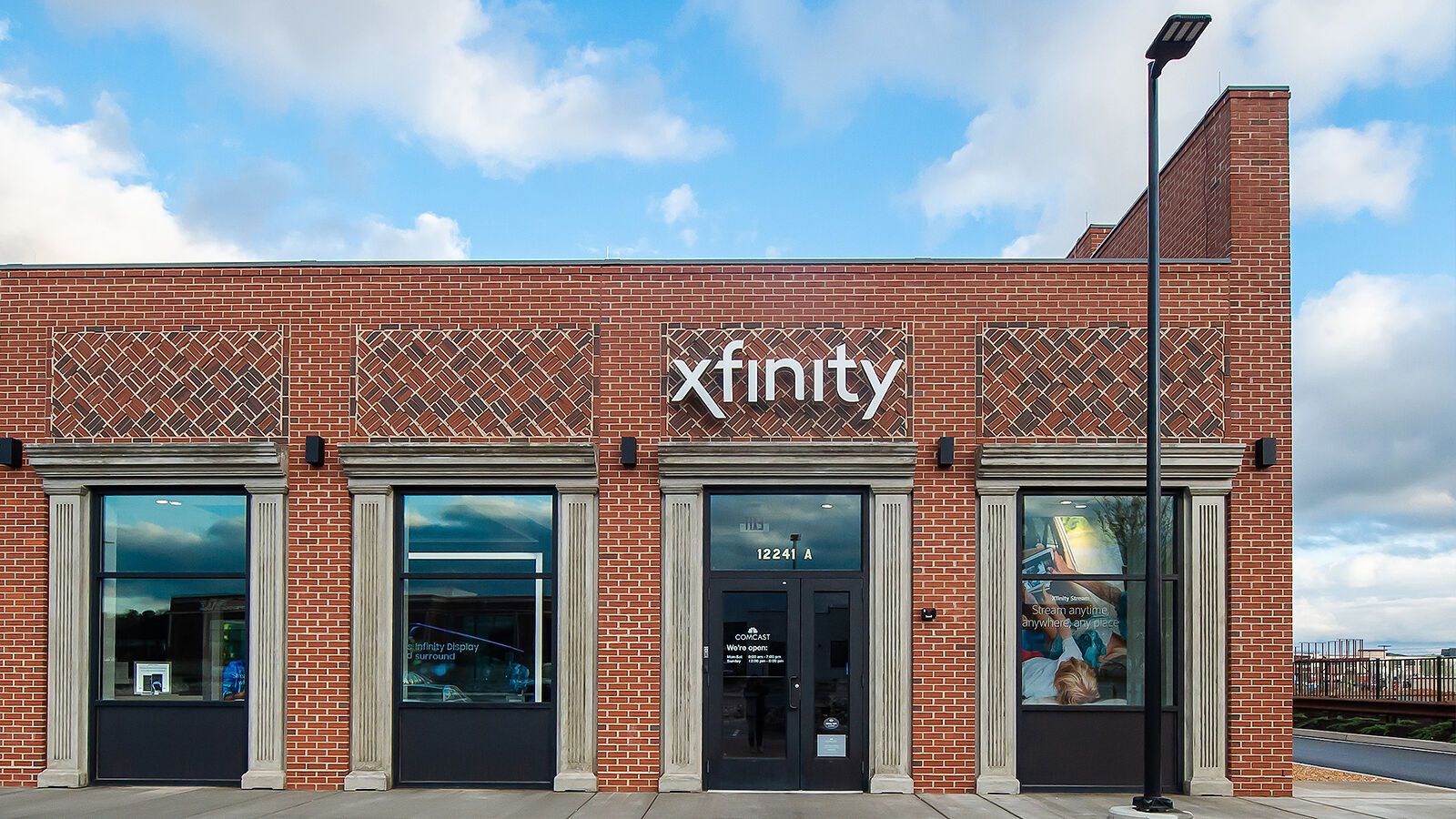Are you still watching cable TV? Well, you’re not the only one. It’s convenient to have all your TV stations, sports, and news in one place. In a time when everyone seems to be talking about cord-cutters, there’s nothing wrong with sticking to the traditional cable TV model. One of the biggest names in cable TV is Comcast, which offers Xfinity services for TV, like the Digital Starter and Extra TV packages.

How to contact Xfinity customer service phone number and get a human
These Xfinity support tricks and tips can help bypass automated menus, AI assistance, and long wait times to solve your problem more quickly
Everything is controlled through the Xfinity cable box, otherwise known as the X1. The Xfinity TV set-top box most customers receive is the X1, but there are several different X1 models. This guide gives you the info you need for previous versions, even if they don’t mention some of the in/out ports.
The X1 is a digital television box that allows subscribers to access various content, including on-demand movies and live television. It also integrates most of your favorite streaming services, giving you access to third-party apps like Netflix and YouTube. Setting up the hardware is easy. The most time-consuming part is going through the initial setup process and logging in to various services.
X1 cable TV box equipment and setup preparation
Before getting started, make sure you have everything that’s supposed to be in the box Comcast sends you. Typically, the X1 is provided as part of your service subscription through a rental agreement, similar to Xfinity’s internet routers. This means that the X1 box is the property of Comcast, and if you cancel your service, you’re expected to return everything.
Failure to return everything can result in extra fees, so it’s a good idea to make sure everything is there from the start. It isn’t uncommon for Comcast to send a package that’s missing an HDMI cable, for example. This is what you should get:
- Xfinity X1 Cable Box
- Xfinity Voice Remote with 2 AA batteries
- HDMI cable (for HD customers only)
- Coaxial cable (long)
- Coaxial cable (short)
- Power brick & power cord

How to pair your Xfinity remote to your TV
Make sure your Xfinity remote is working properly with your TV
Get your X1 cable box connected
The back of your X1 box has several labeled in/out ports. You won’t use all of them, so let’s look at what they’re for. The labels on the X1 aren’t the same as what Xfinity has in the user manual on xfinity.com. It isn’t even close, and in typical Comcast fashion, the full user guide isn’t better. Below, you’ll find the label on the back of the X1 box, the corresponding user guide label if there is one, and what the port is used for.
- Cable In → Cable In/RF In: The coax cable from your wall is connected here. This provides the internet connection and the cable TV signal. If you need to use the coax cable from your wall outlet for the modem you use for Xfinity internet services, purchase a coax-splitter adapter from somewhere like Amazon.
- Cable Out → To TV/RF Out: If you have an analog, Non-HDTV with only a coax input, connect this to the coax input on the back of the TV.
- Standard Ethernet port with icon: This isn’t mentioned in the quick start guide. It does nothing. It’s disabled for customers and primarily reserved for service techs.
- Audio Out & SD Video Out(RCA): Not in the guide. This is another analog connection for older TVs. It only carries an SD video signal, so it isn’t as good as the HD picture quality from HDMI. The audio output can be used independently of the SD video output if you want to plug in external speakers.
- Digital Audio Out: Not in the quick start guide. This is a digital optical connection that provides high-quality audio to compatible TVs or audio systems. If you have a newer sound bar audio system, you might notice that they typically have both the analog RCA connection and this digital optical connection. Use the digital audio connection for better sound quality.
- HDMI In & Out To TV → HDMI/HD To TV: Why is there an HDMI input? It’s deactivated for customers. We suspect this might have been intended for potential future functions or services, but Comcast hasn’t announced any. The HDMI output is standard and goes to the HDMI input on your TV.
- Standard USB port with icon: This is another port that isn’t in the quick start guide, but we see these all the time. It’s for service techs and not intended for customer use.
- Standard barrel PSU port with icon: You plug your power brick into this.
When connecting coax cables, you might be inclined to tighten them down. Don’t do that. It can be a pain to get off later. They only need to be finger-tight. Twist it on, and you’re done when you feel it catch. If you over-tighten the cables, look closely because they have a thin hexagonal shape near the base. This is so you can use a wrench to loosen them.
If you have one of the analog-to-digital-cusp televisions, choose the HDMI connection over any analog options on the back of your TV. The digital connection gives the best picture quality. Even if your TV has a coax connection or those RCA audio/video connections, the quality won’t be as clear.
Booting up your Xfinity X1 TV box
After you plug in your power cord, the X1 starts the boot-up process automatically. If it doesn’t, press the power button on the top of the device. This can take up to 10 minutes. In the meantime, pop the batteries in your Xfinity remote control. Turn on your TV, and make sure you have the correct HDMI port selected if you use an HDMI cable.
The rest of the process is simple and not unlike setting up one of our recommended Android phones. You’ll go through an on-screen, step-by-step guide and use the remote to navigate. Use the arrow keys to highlight the option you want, and press the circle button in the middle of the arrows to select it.
- On the Select Your Language screen, choose your option.
- The next screen asks, Do you want to keep using Voice Guidance? This can be helpful if you don’t have the best eyesight because it reads what’s on your screen out loud.
- You’ll wait through a few loading screens and then get to the Please verify your phone number screen. You must use the phone number listed on your Xfinity account. Enter the phone number using the numbers on the keypad or the arrows.
- The next screen asks you to Name Your Device. Choose one of the preset names, like Living Room, or enter a custom name. Then, a popup says the device was named. Press the circle button to choose OK.
- You’re asked if you want to Optimize the resolution for HD video. If you use HDMI, select Yes. If you use coax or SD video out, choose No.
- The next screen lets you choose whether your remote controls the power and volume of your TV. If you choose Yes, it asks you to test the functionality. Point the remote at your TV and not your X1 box.
- The X1 pairs differently with Sharp TVs and asks if you have one. If you do, sync voice control and follow the on-screen instructions to pair using a five-digit code.
- The last step asks, Would you also like to control your audio receiver using your new remote? It goes through a similar process to setting up TV volume control and asks you to test the functionality.
Your X1 box is ready. Now what?
When you’re logged in, you’re good to go. You can choose regular TV, on-demand, sports, or check out your streaming services from the main menu. You must log in to any streaming services you want to use, like Netflix, and this could take a while if you have a few of them. You can do quite a bit using the Xfinity voice command for your remote, so it’s worth checking out Xfinity’s voice command tips if you’re going to use it.
Source link

